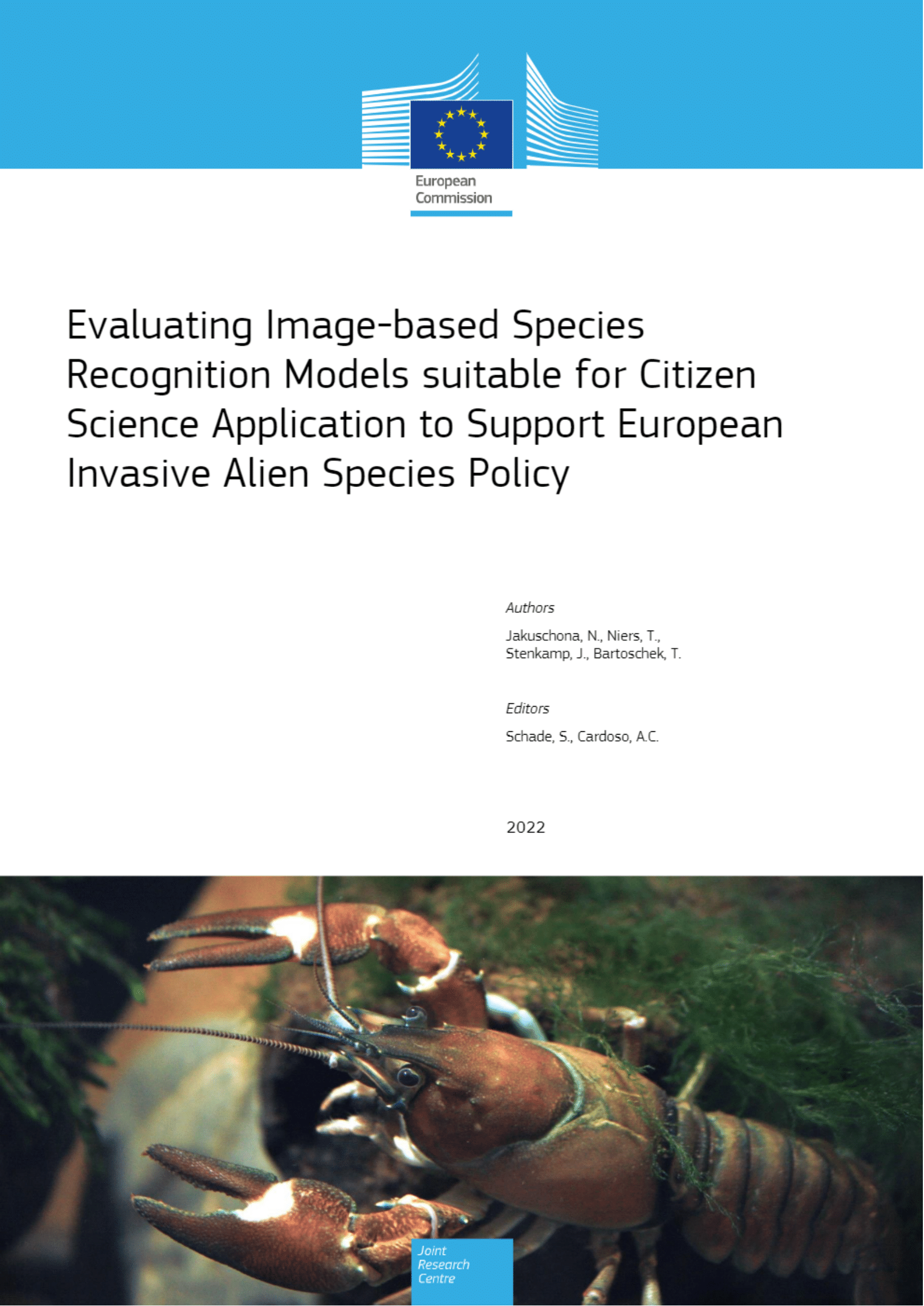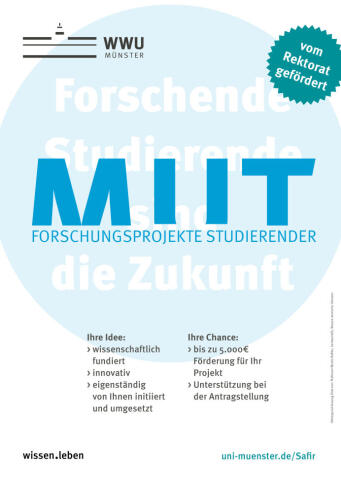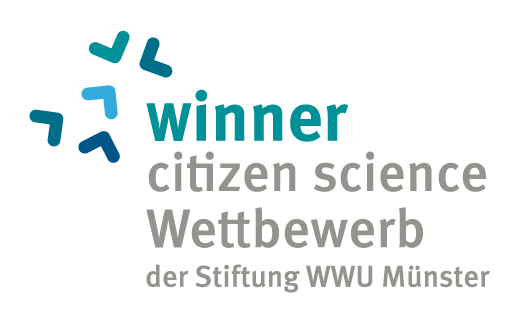Workshop 1
Our first workshop took place at the end of April 2022, during which we assembled and set up 21
stations together with a diverse group of citizens.
We started with a welcome in the Geo 1 lecture hall, including a introduction lecture with all
participants and recommendations for the construction of the stations from Dr. Jens Wöllecke as a
representative of the NABU Naturschutzstation-Münsterland. Afterwards, everyone enthusiastically
started assembling the stations. First, all wooden parts had to be screwed together with the help of
instructions, after which the technology was attached. This all included tacking on roofing felt for
weather protection, focusing the camera, calibrating the balance and setting up the home WiFi so
that the station could be connected directly at home.
During a well-deserved lunch break, all participants were able to fortify themselves with soup.
After lunch, the participants continued to set up the technology at four parallel workstations.
After a short waiting period and the solving of a few minor problems, everyone was able to
successfully assemble, set up and test their own station. Most of the stations are now running in
the gardens or balconies at home.
Have fun browsing through the videos of the birds and all other recorded data of the stations: https://wiediversistmeingarten.org/view/
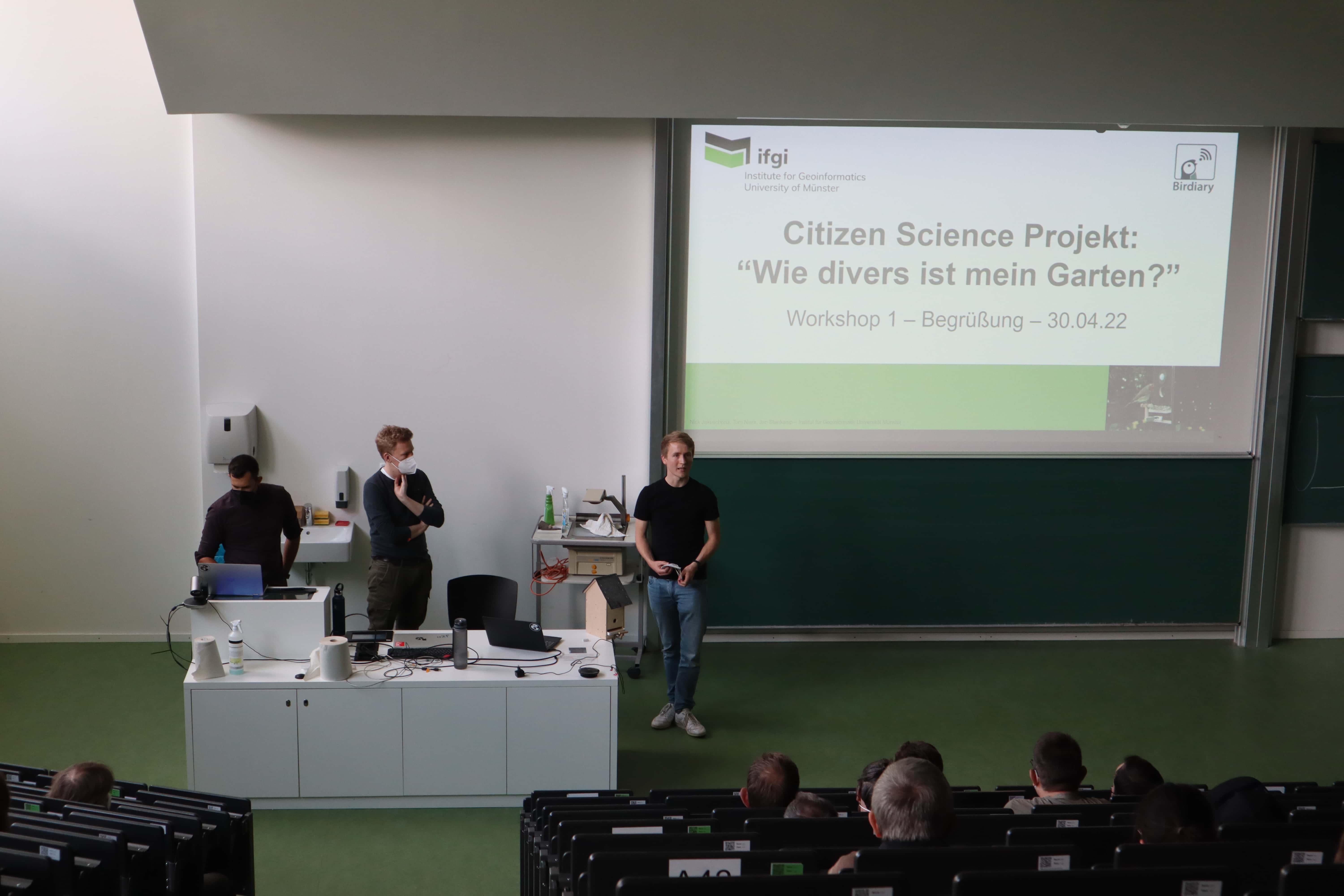
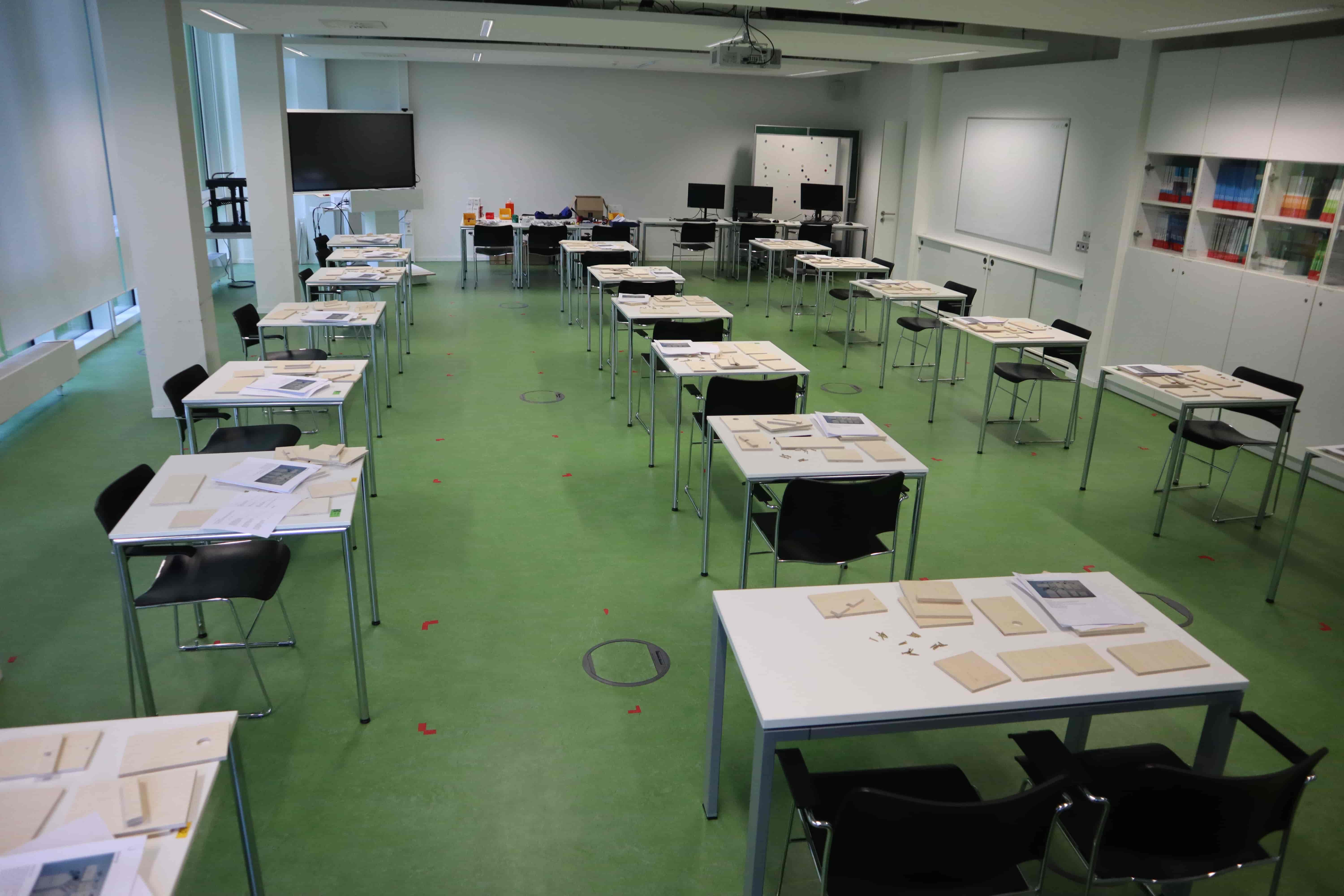
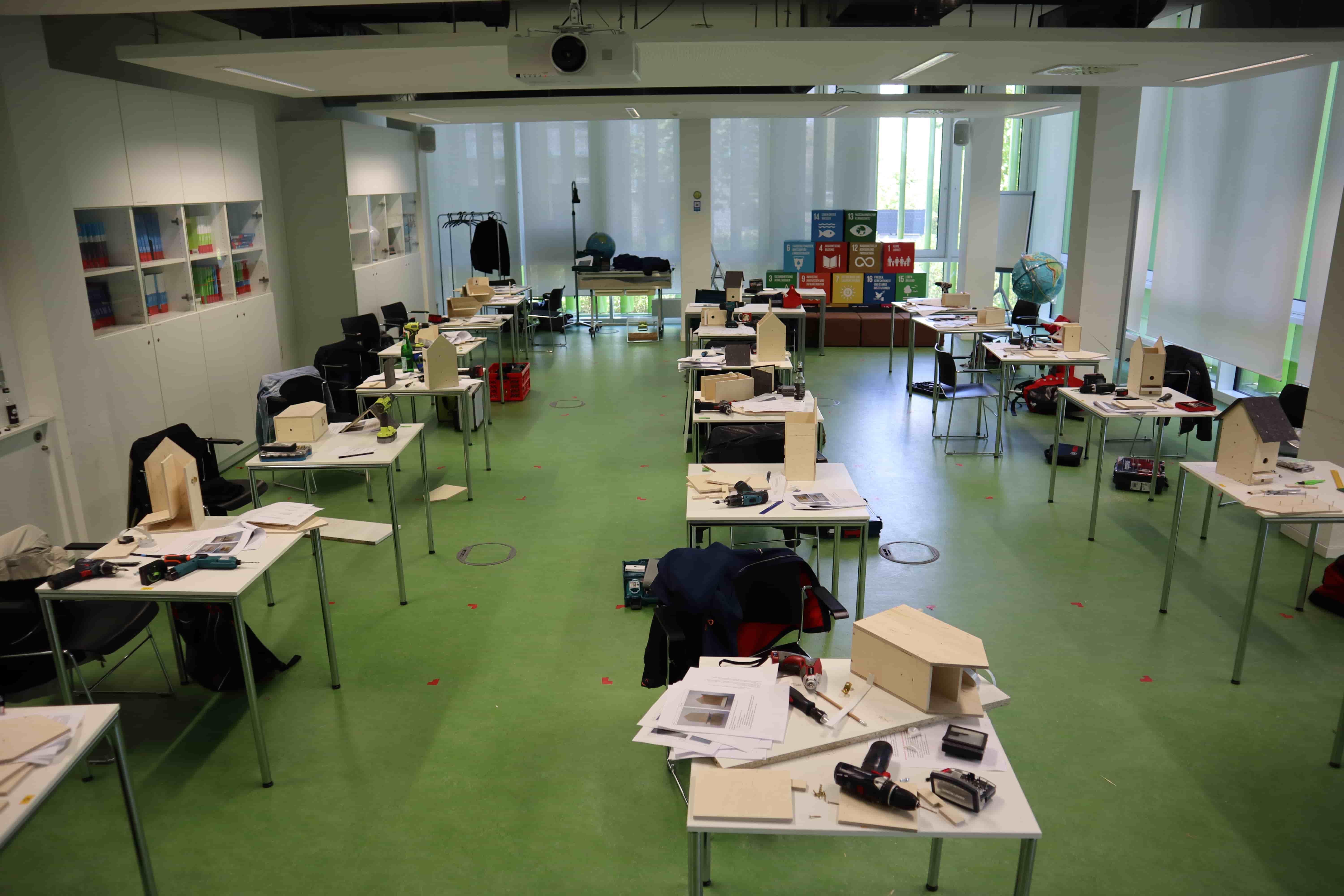
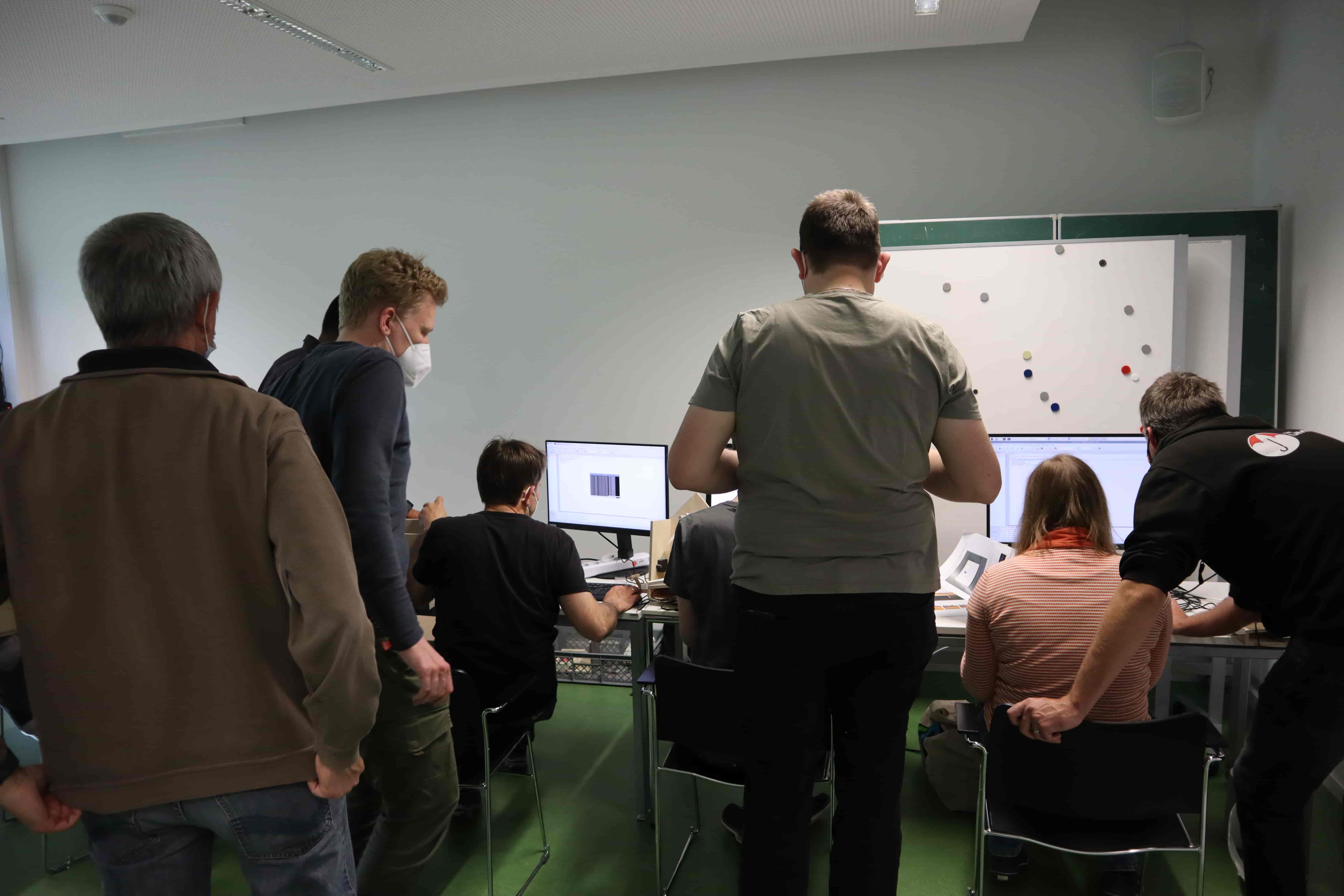
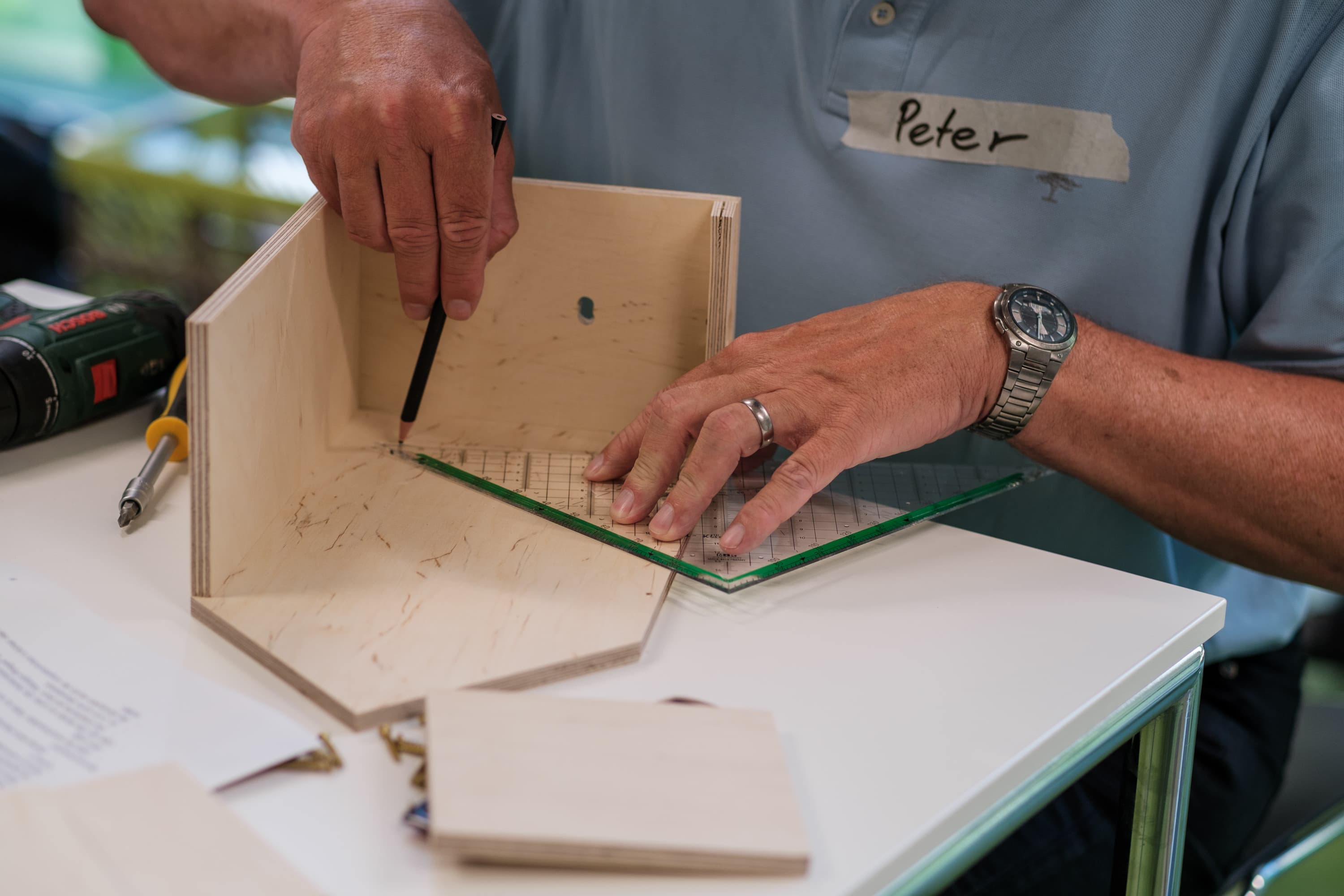
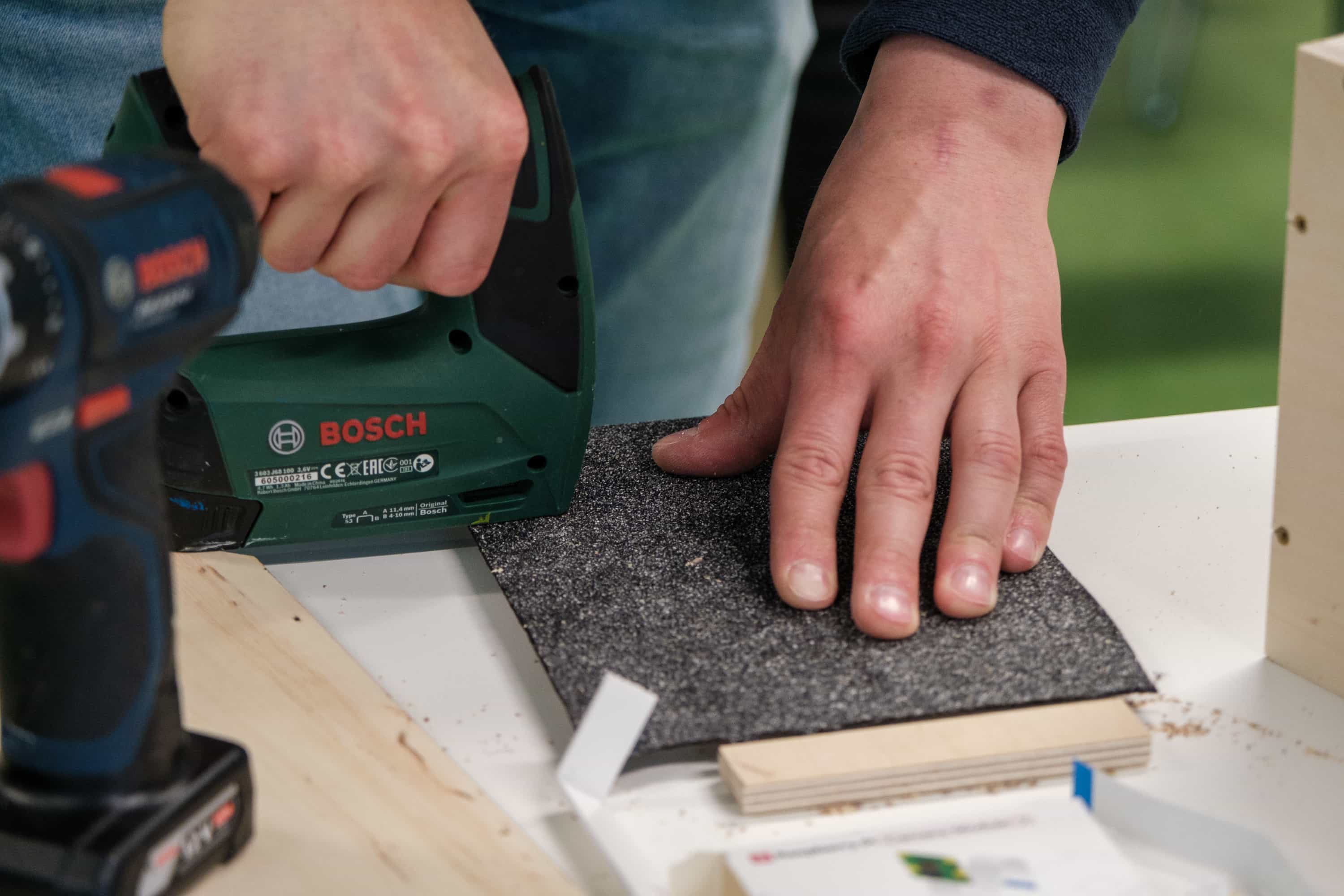
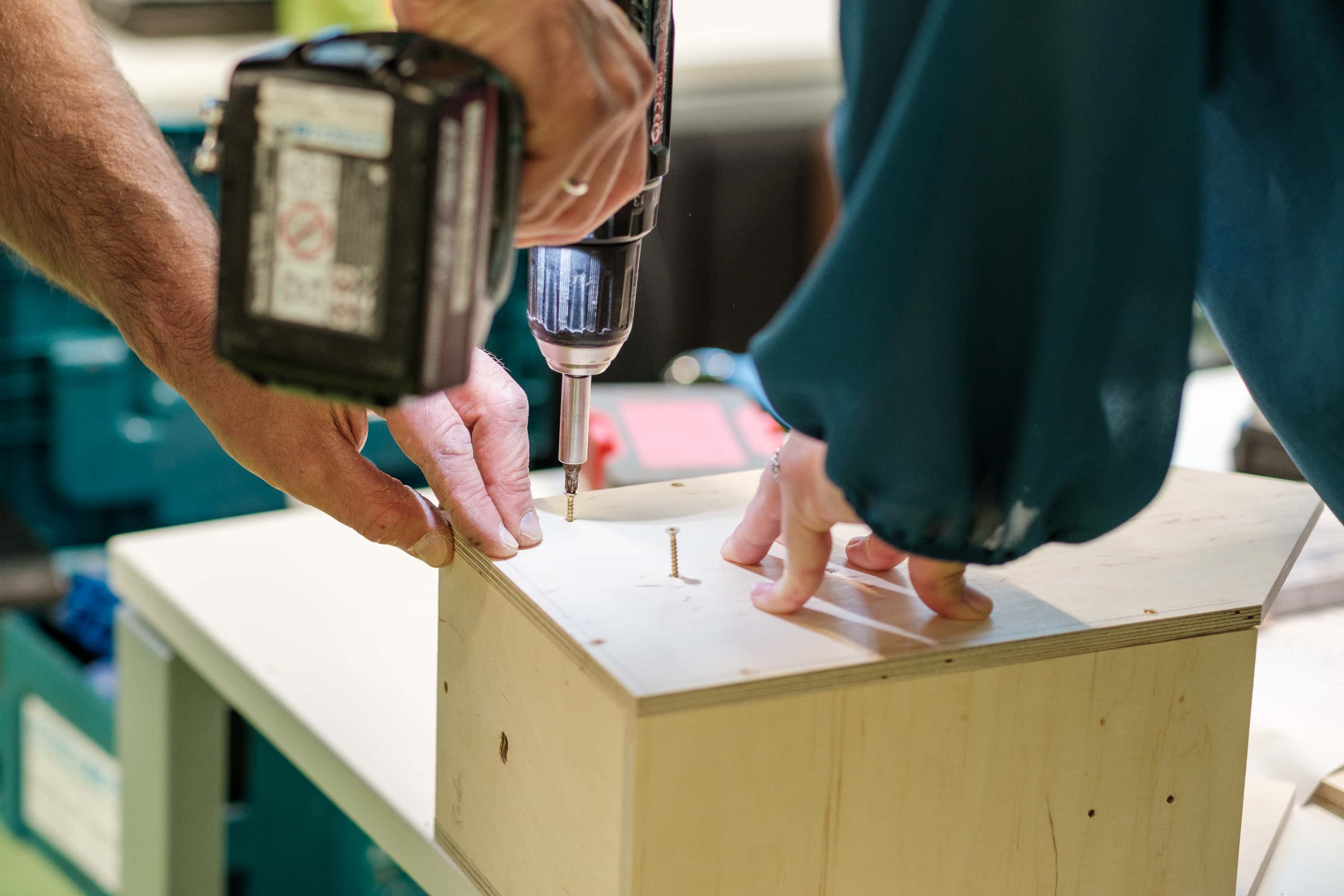
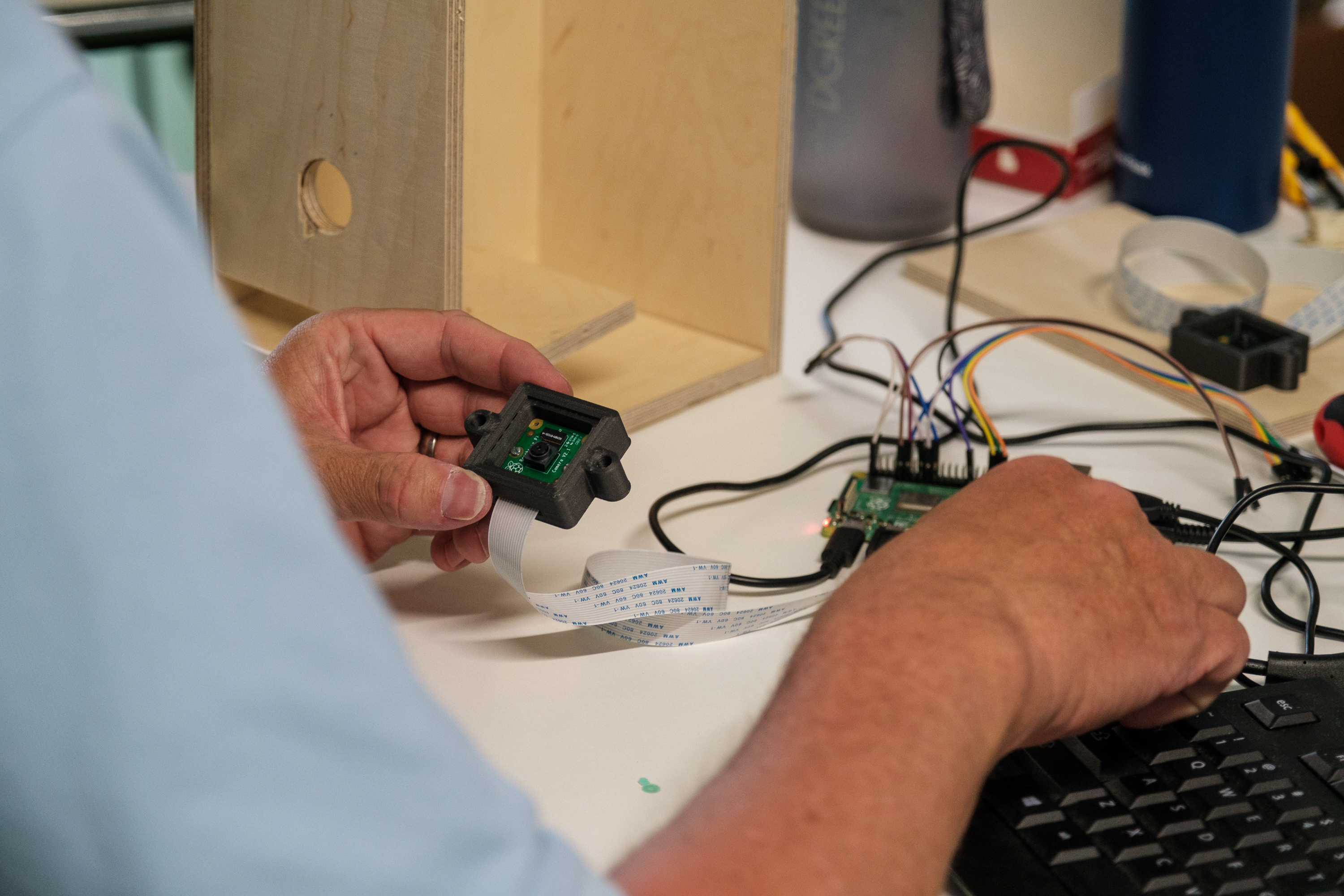
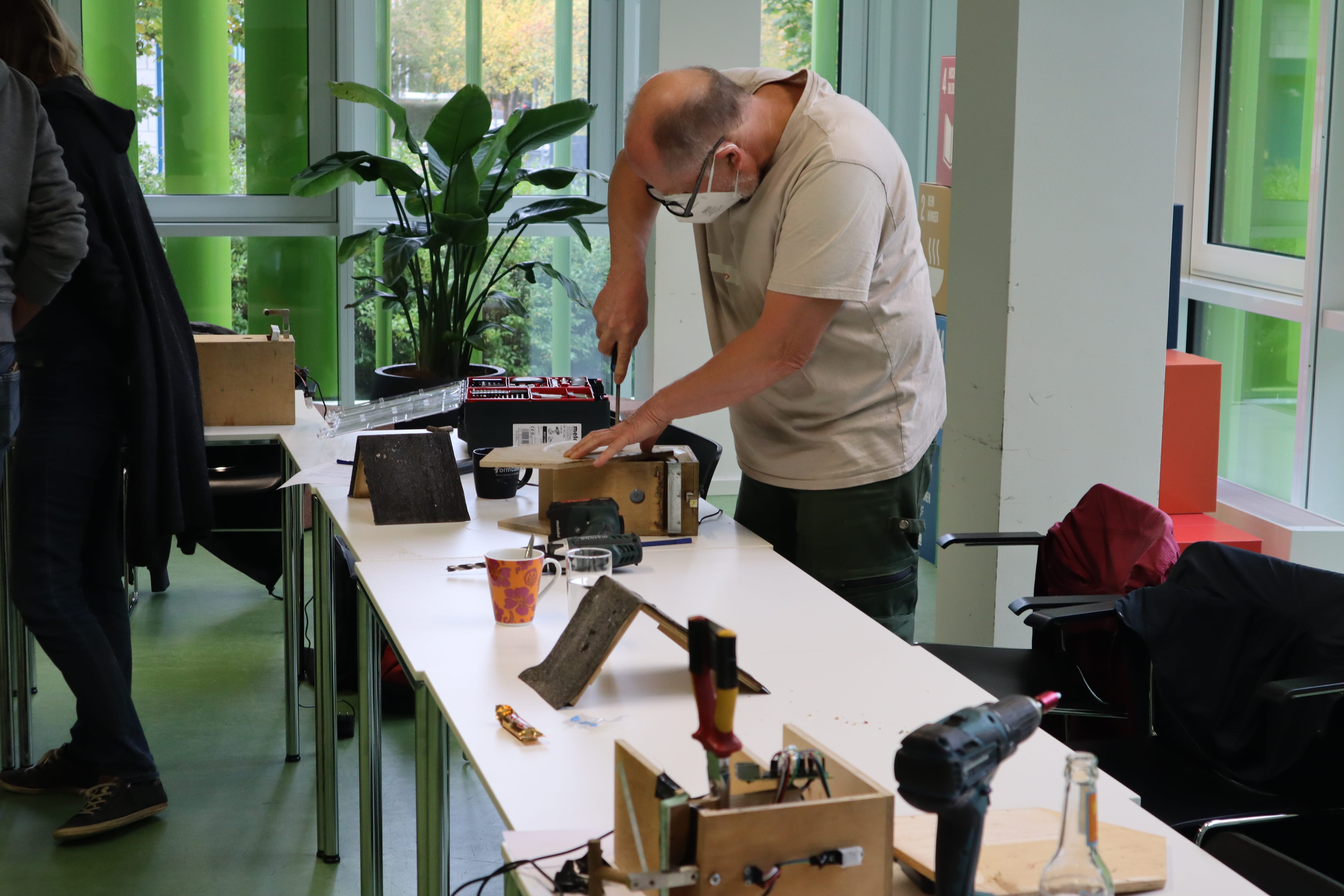
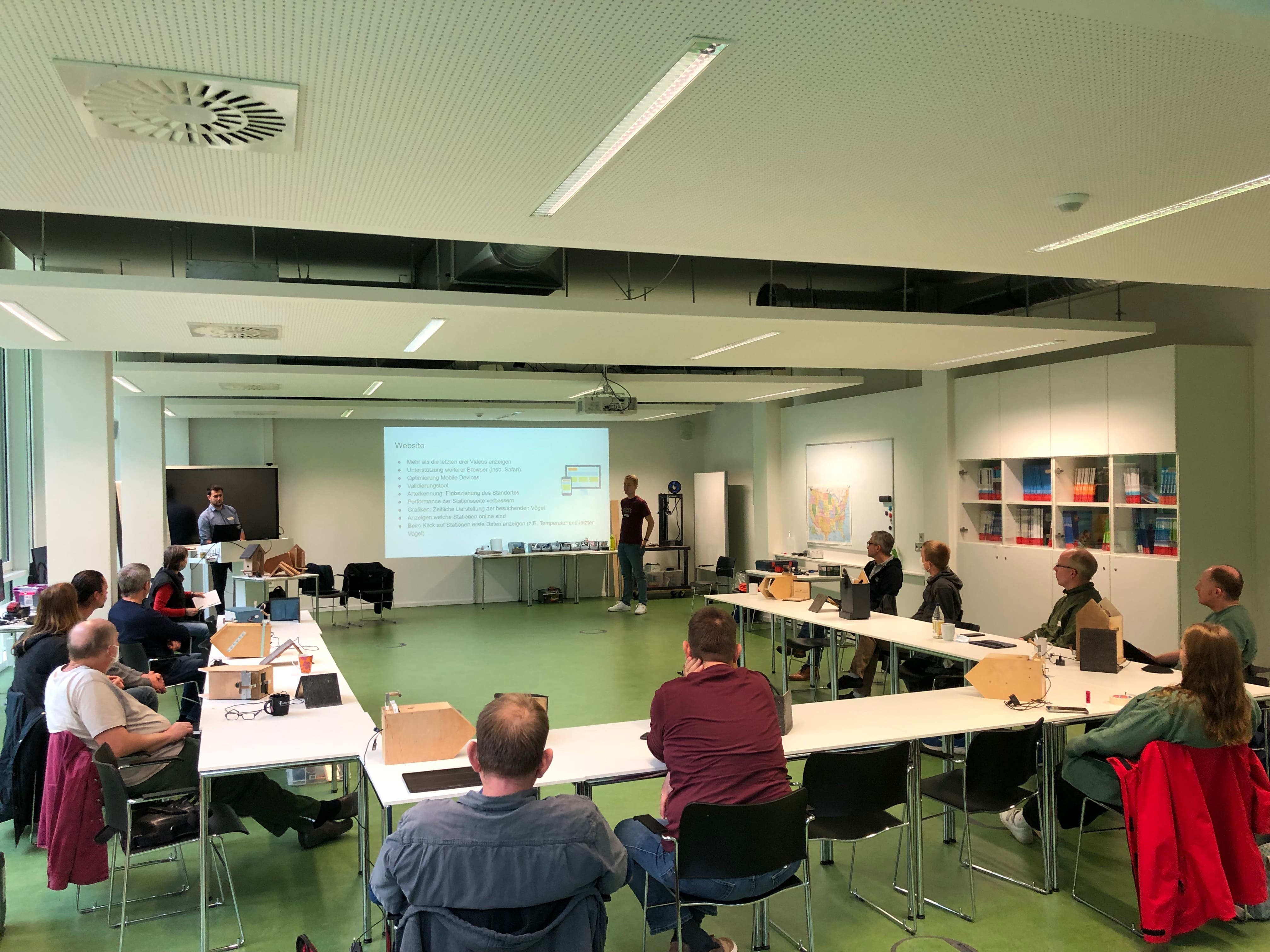
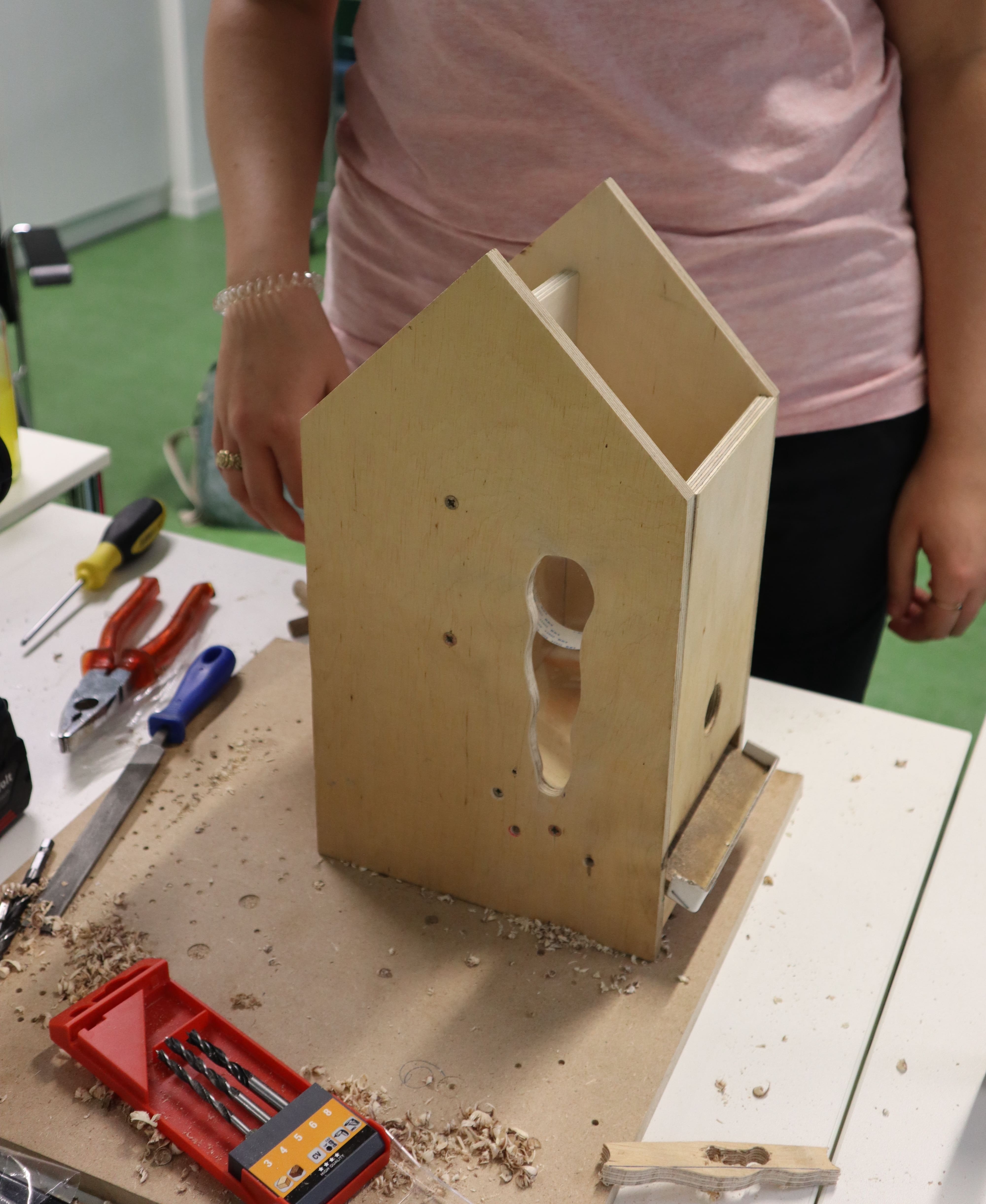
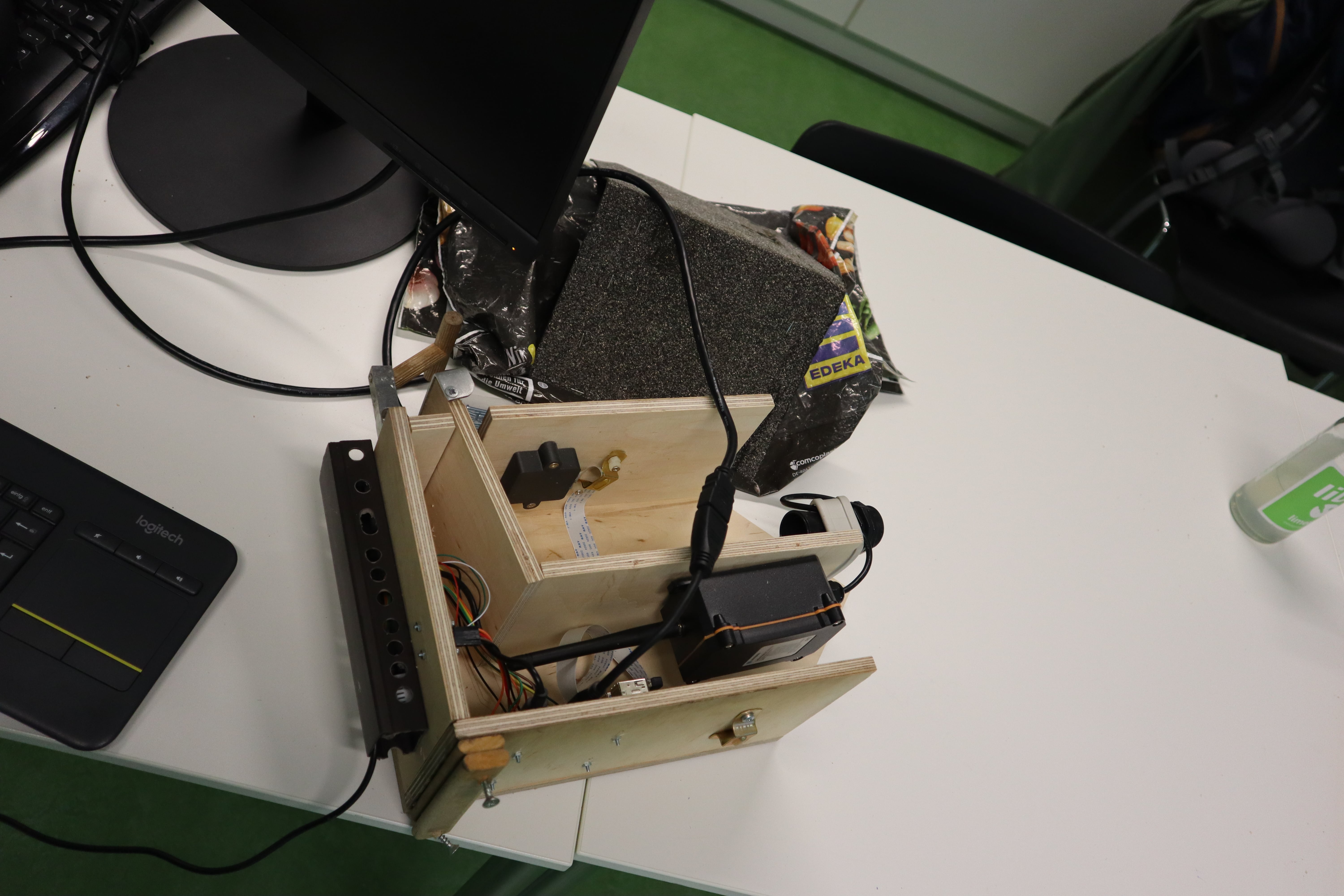
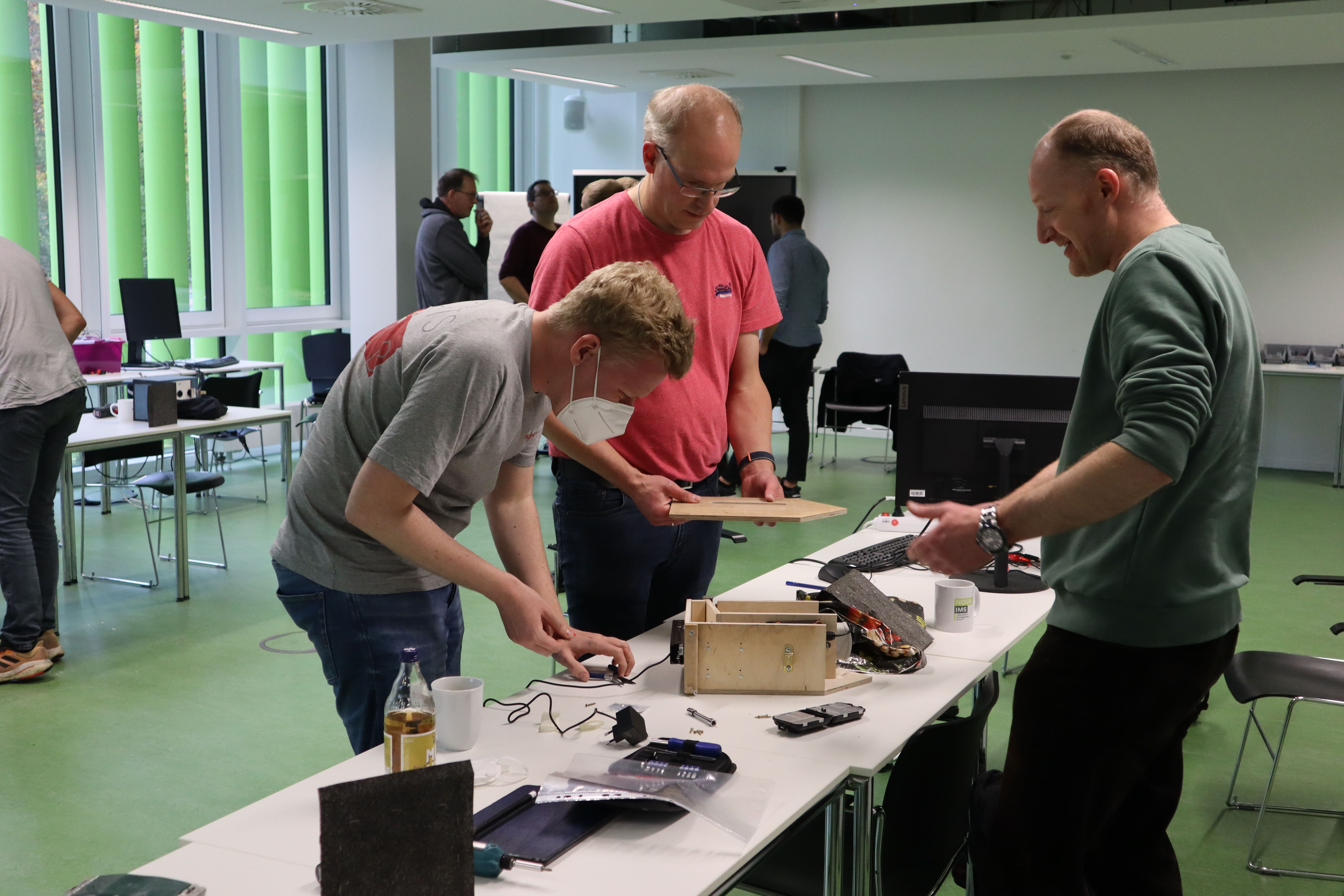
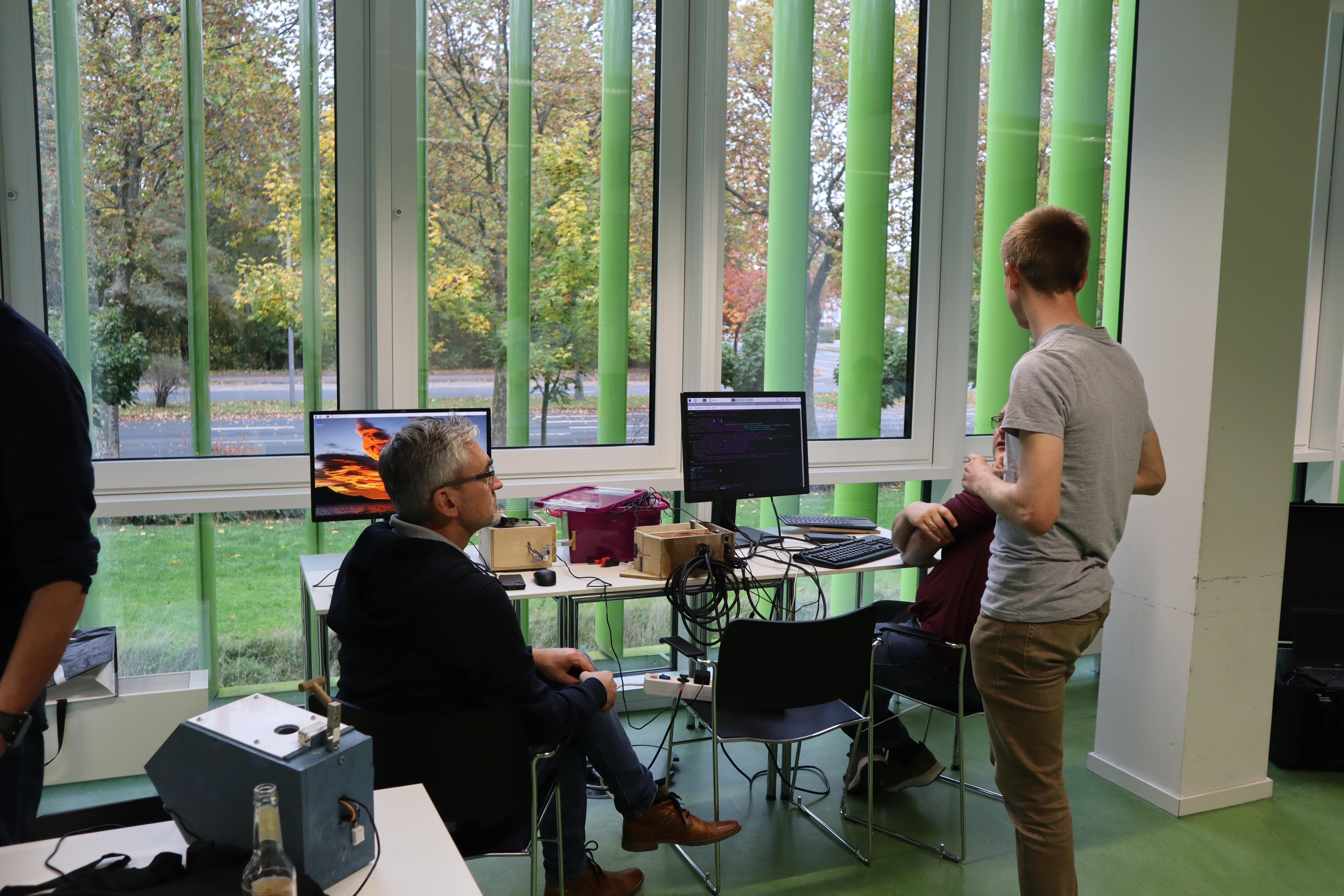
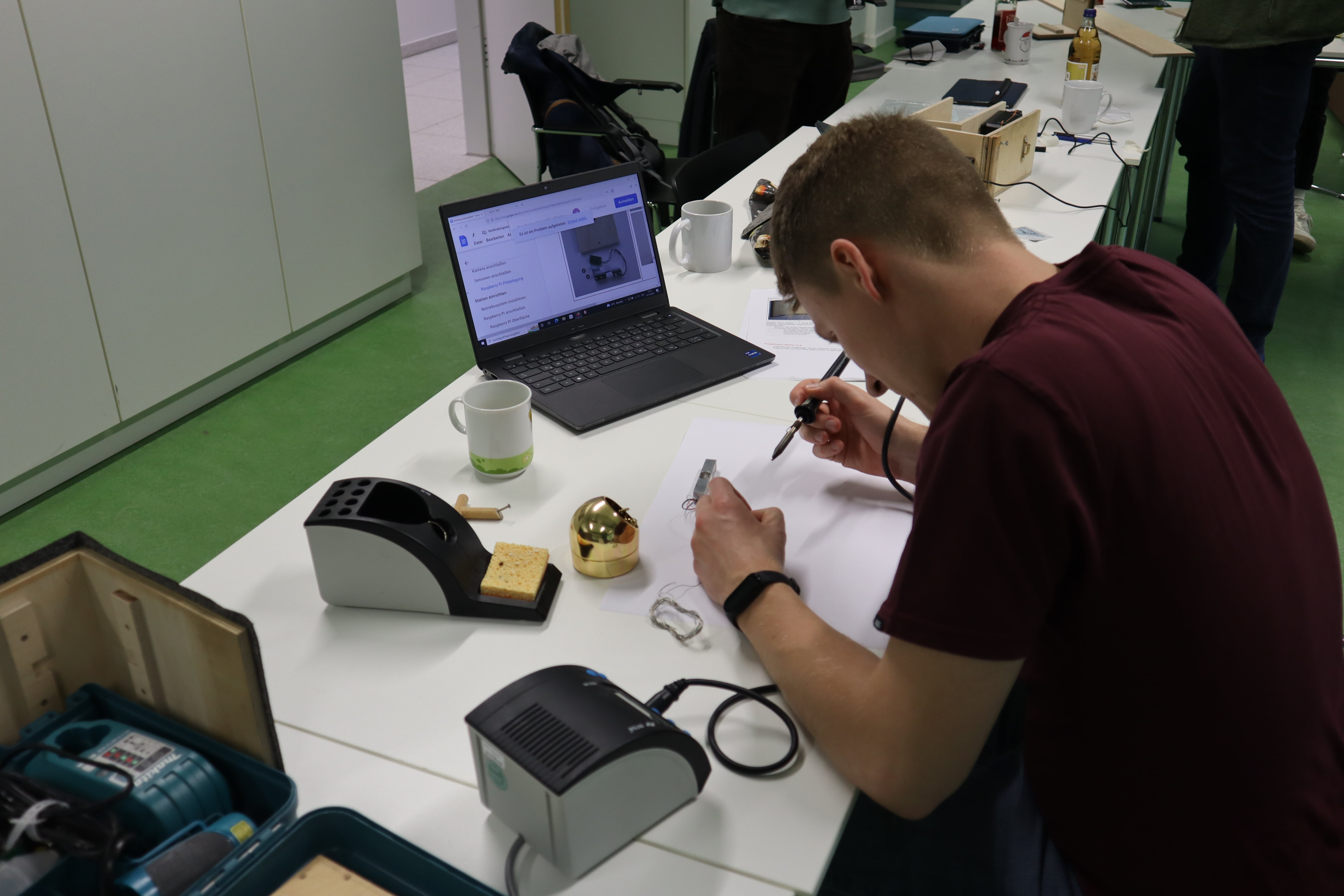
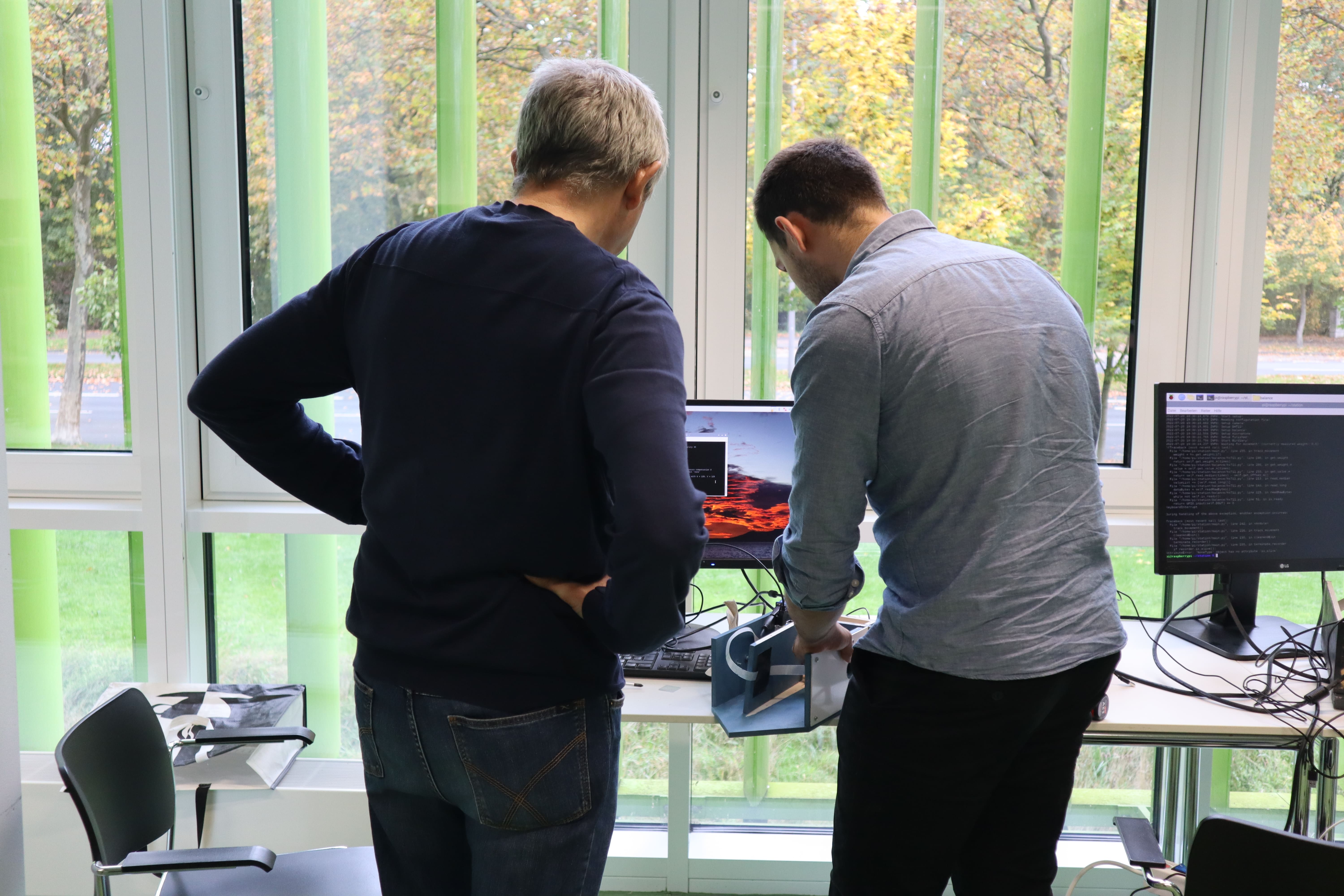
.jpg)
